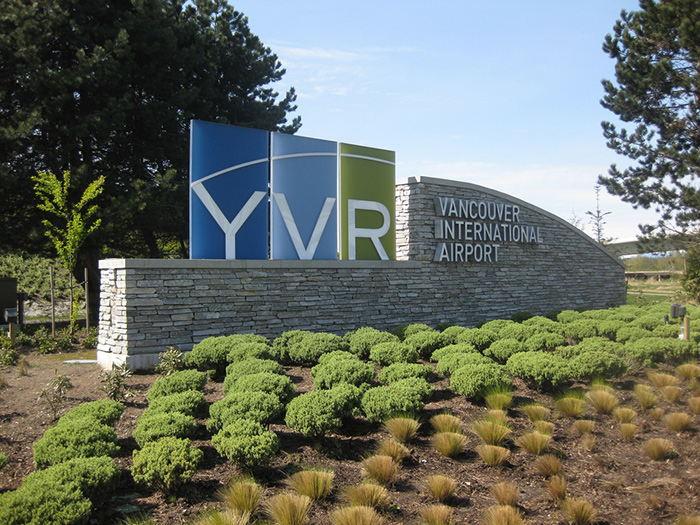
When it comes to navigating Canadian airports, scratch your head and ask why? Or more accurately: Y? Unlike JFK (JFK), Boston (BOS), Miami (MIA), Sydney (SYD) Madrid (MAD) and Singapore (SIN), Canadian airport codes begin with a Y. And just when you figure there’s a pattern – YOW for Ottawa, YVR for Vancouver – along comes Montreal (YUL), Edmonton (YEG) and Saskatoon (YXE). Not to mention the four US airports that begin with their own Y, – tasty Yuma (YUM) for example – and the anomalies that begin with a Z (ZBF for Bathurst, New Brunswick). Considering there are around 7000 planes flying above North American skies each day, one would think there’s a well-planned and logical explanation for all this. One would be wrong.
Every airport in the world has a 3-letter code that is maintained by the International Air Transport Association (IATA). There’s also the International Civil Aviation Organization (ICAO), which uses 4-letter codes, tagging a C at the front of all Canadian airport codes, and a K for US Airports. JFK becomes KJFK, YWG becomes CYWG, and KMART becomes a place you can still do your shopping. Airport codes evolved rather haphazardly as flying took off (ahem) in the 1930’s. Flat fields with strong winds evolved into transportation hubs, places of work, and increasingly shopping malls. North America’s first airports typically had just two letter codes, usually based on the weather station or radio transmitter where the strip was located. Aviation officials came up with the 3-letter code, figuring it unlikely that 17,576 airports would dot the world (the number of combinations allowed with 3 letters.) Airport codes were determined by weather stations, radio transmitters, cities, or in some cases, the name of the original fields in which they were located (for example Chicago’s O’Hare Airport code is ORD, for Orchard Field).
Chicago is close enough to Canada to bring us back to the Y. Why the Y? Airport codes expanded into radio codes, and radio codes ultimately looped around, broke the internet and become airport codes again. Why isn’t Toronto called YTO? Actually it is. YTO is the airline code for the entire region, with YTZ for Billy Bishop Airport, and YYZ the original radio transmitter code for a village called Malton, which is where Toronto Pearson International Airport is located today. Since Canada locked up the Y for its radio transmitters, it also locked up the Y for its airport codes. Tied into this somehow are radio stations. Did you know that all US stations start with either a K or a W, depending on which side of the Mississippi they are? KWTF?
Regardless of my long-winded, acronym-laden, most likely error-prone and highly confusing explanation, Canadian airports should be appreciated by Queen and country. Why? Well…YNOT?
